By Matt Lamothe, author of This Is How We Do It: One Day in the Lives of Seven Kids from Around the World
In college I took a class in documentary filmmaking. The assignment was to select a group of people different from yourself, and show the audience specific aspects of their lives. I chose truck drivers. My class partner and I drove to highway rest-areas and TA truck stops to conduct interviews. It was quite daunting at first; we were uncomfortable being strangers within a social circle so separate from our own, and I expected to spend a lot of time warming up to the people we met before they’d tell us about their lives. I was wrong. As soon as we turned on the camera and began asking questions about their daily routines, the truck drivers spoke very candidly. Maybe it was because we were just students, or maybe because we were on their turf, but the simple back and forth between us was a refreshingly direct way of sharing information. This group of men and women told us about their daily routines, the emotional hardships of being away from their families on the road, and the personal freedom that came with the life of being a trucker. I imagine that outside the context of an interview, we would have never had these conversations.
The Inspiration for This Is How We Do It
 Years later, I went on a trip to Uganda with a friend who works as a primatologist in the forests there. This was my first trip to Africa, and I’d been primed by mass media to think that it would be dangerous, and that people’s lives would be un-relatable to my own. But my experience was so different, I felt misinformed. I was introduced to several Ugandans who worked as field assistants in the forest, and found that we got along really well. We spoke about our experiences in elementary school, fixing up houses, and mother-in-laws. We had many things in common, like getting in trouble for goofing off in class. And some not so common experiences, like a teacher who’d had the “sleeping sickness,” which caused her to fall asleep briefly and frequently throughout class. The differences between our experiences were there, but mostly within a larger more common framework. I was struck by how relatable and familiar Ugandans were, and how easy it was to communicate.
Years later, I went on a trip to Uganda with a friend who works as a primatologist in the forests there. This was my first trip to Africa, and I’d been primed by mass media to think that it would be dangerous, and that people’s lives would be un-relatable to my own. But my experience was so different, I felt misinformed. I was introduced to several Ugandans who worked as field assistants in the forest, and found that we got along really well. We spoke about our experiences in elementary school, fixing up houses, and mother-in-laws. We had many things in common, like getting in trouble for goofing off in class. And some not so common experiences, like a teacher who’d had the “sleeping sickness,” which caused her to fall asleep briefly and frequently throughout class. The differences between our experiences were there, but mostly within a larger more common framework. I was struck by how relatable and familiar Ugandans were, and how easy it was to communicate.
Throughout the trip I kept thinking about the most direct way to share this mixture of the familiar and unfamiliar with others. I felt a book for kids would be a great way to introduce this concept early in life. There are a lot of books for children that focus on culture, but often I find that they’re not about specific people. So you might read that “Pierre lives in Paris and loves to eat baguettes.” This relies on a cultural stereotype, as a sort of shorthand to describe a culture. But characters in these books aren’t actual people, they’re only as real to a reader as characters in a fictional story—interesting, but still fiction. But what if a child could directly tell cialis medicament another child about their day? A conversation from one person to another.
That idea culminated in This Is How We Do It, a nonfiction children’s picture book that spends a day in the life with seven kids from around the world. It shows many aspects of their environment including where they live, what they eat, how they play, and what they wear to school. The interior spreads are split into seven panels that feature all the kids at once, allowing the reader to compare and contrast.

The process for this book was similar to creating a documentary, but done through the internet. After a tricky period of finding and contacting seven families from across the globe who wanted to participate, I made an instructional packet that had questions about the child’s day, along with thumbnail illustrations and instructions for taking photographs to document their home, clothes, family etc. I sent a camera to the families that needed them. For both the Russian and Iranian families, we ended up translating the text. Almost all communication was done through email, although in Uganda we also used WhatsApp to text back and forth.
Getting back the responses and photos of each child’s day was really exciting. I sent off the interview packet with a basic set of photo requirements, but instead of getting back the 20 photos of the family’s day, they’d send anywhere from 50 to 120 photos that revealed details about aspects of their lives that I hadn’t thought to ask about. I received photos of their living rooms, neighborhoods, gardens, and even one family’s pictures of all their different cats (with the cat names in the photo’s titles). This provided me with a ton of material I could use to add detail into the book’s illustrations.
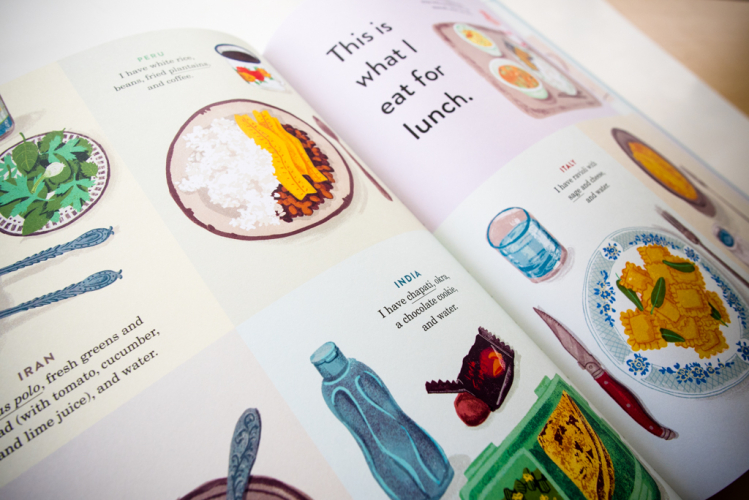
I think a way to extend the book into a class project would be to have students interview their peers with a set of questions. Similarly to the book, it could start with what kind of dwelling they live in, who they live with, what they eat for breakfast, and progress linearly through the day. It would be interesting to compare and contrast the lives of kids within the same classroom, and see the cultural differences within the student body. For more classroom ideas, download the activity kit available from Chronicle Books here.
I’ve had many children send me re-created versions of This Is How We Do It, in which they’ve include themselves in one of the panels (like the examples sent to me from Fijian kids below.) Sharing their story among the other children in the book is exciting and self affirming, and could be another way for students to continue along the book’s theme.







Culture and identity are difficult even for adults to talk about. It’s tricky to separate the individual from the group. It’s hard to have similarities as well as stark differences with someone. But starting these conversations early in life allows children to face these complexities as they grow and develop a stronger sense of empathy.
About the Author:

Matt Lamothe is an illustrator and animator. He is part of ALSO, a small design company he started with friends from the Rhode Island School of Design. When he’s not on the computer, he finds comfort in pastries, coffee, and basic carpentry. He lives and works in a perpetually half-finished two-story house in Chicago.


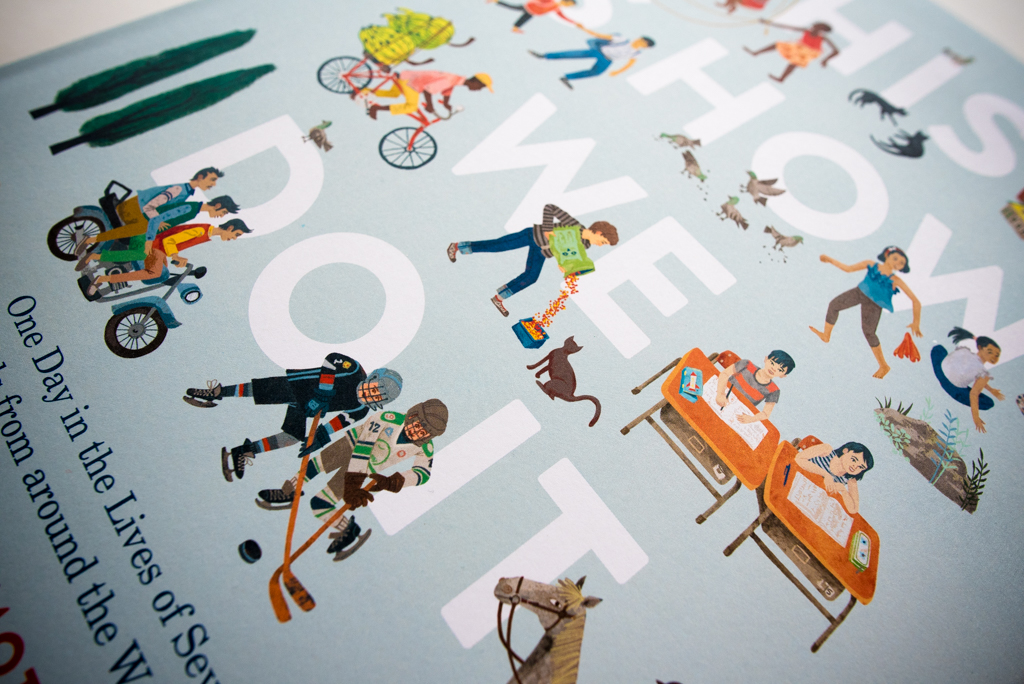


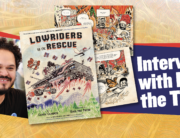
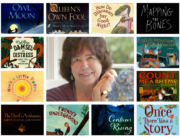
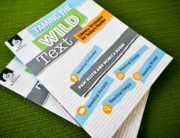
Leave A Comment